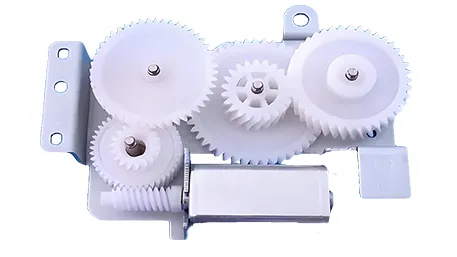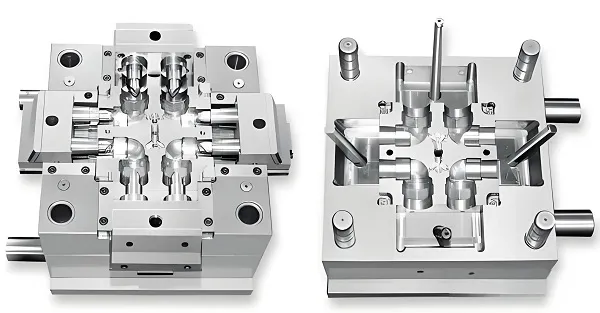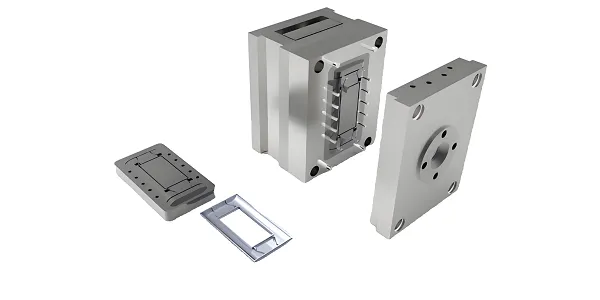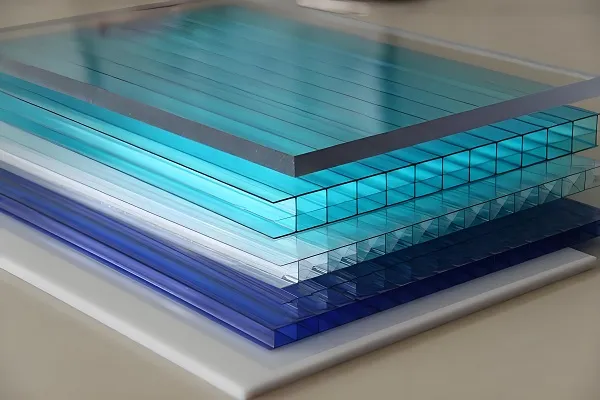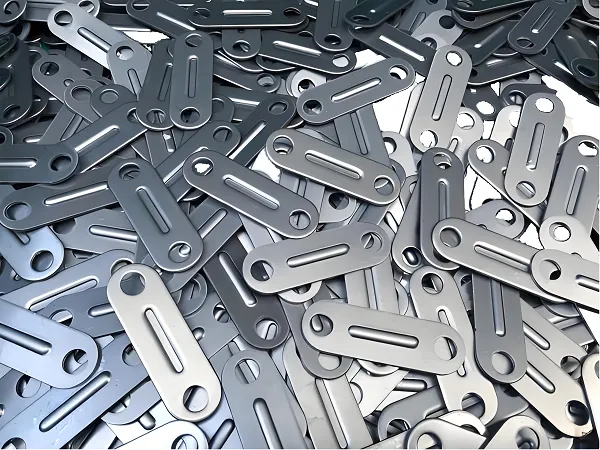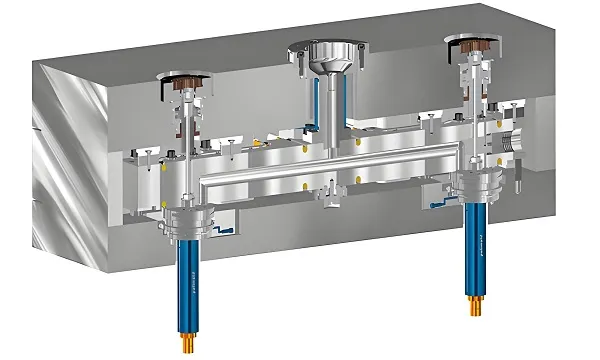In the field of precision manufacturing, CNC (Computer Numerical Control) machining technology is undoubtedly an important engine to promote the progress of the industry. It not only significantly improves the machining accuracy and efficiency of parts, but also broadens the manufacturing possibilities of complex structural parts. The purpose of this paper is to analyze the technical details of CNC machining parts, from data-driven, key technical parameters, terminology and application examples and other dimensions, to present readers with a full picture of this field.
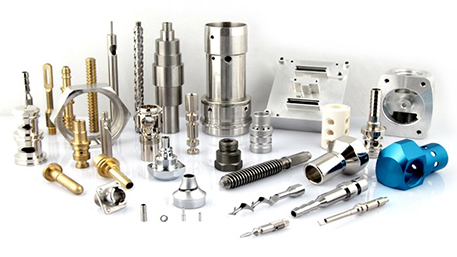
Data-driven CNC machining
1. Digital design and data transfer
CNC machining begins with the digital design of the part, which is usually carried out using CAD (Computer-Aided Design) software. Once the design is complete, the 3D model is converted into toolpath data by CAM (Computer-Aided Manufacturing) software, a process known as “programming”. The efficient transfer of data relies on accurate format conversion, such as STEP, IGES and other international standard files, to ensure a seamless transition from design to machining.
2. Machining Simulation and Error Prediction
Before formal machining, virtual machining simulation using CNC simulation software can predict potential problems during machining, such as collision, tool wear and overcutting. By adjusting the parameters, such as cutting speed (Vc), feed rate (Vf), spindle power (P), etc., the machining strategy is optimized to reduce the cost of trial and error in actual machining.
the key technical parameters and terminology
1. Machining accuracy and surface roughness
Machining accuracy: Measure the degree of deviation of the size, shape and position of the part relative to the design requirements, commonly used IT (tolerance level), such as IT6, IT7, etc., the smaller the value means the higher the accuracy.
Surface roughness: reflecting the micro-geometric features of the surface of the part, measured by Ra (arithmetic average roughness) value, the unit is usually micron (μm), the smaller the Ra value means that the surface is more smooth.
2. Tools and cutting parameters
Cutting tool material: common carbide, ceramics, cubic boron nitride (CBN), diamond, etc., the choice is based on the workpiece material, processing conditions and cost considerations.
Cutting speed (Vc): the linear velocity of the tool relative to the surface of the workpiece, unit m/min, affecting processing efficiency and tool life.
Feed speed (Vf): the speed of the tool moving in the feed direction, unit mm/min or mm/rev, affecting the roughness of the machined surface and cutting force.
Depth of cut (Ap): the depth of the tool cut into the workpiece each time it cuts, unit mm, affecting the cutting force and machining efficiency.
3. 5-axis linkage machining
A/B/C axis: represents the rotary motion around the X, Y, Z axes, respectively, combined with X, Y, Z linear axes, to realize the complex surface of the one-time molding processing.
RTCP (Rotary Tool Center Point) Compensation: In 5-axis machining, it ensures that the center point of the tool moves according to a predetermined trajectory, so that machining accuracy can be maintained even if the machine structure is deformed.
Specialized applications and technological innovation
1. Aerospace
Titanium alloy and high-temperature alloy machining: adopting high-speed cutting (HSM) technology, combined with special coolant, to effectively cope with the high hardness and low thermal conductivity characteristics of the material.
Integral structural parts processing: using five-axis linkage technology to realize the integral manufacturing of complex shapes such as engine blades, wing skeletons, etc., reduce assembly errors and improve structural strength.
2. Automobile Manufacturing
Lightweight material application: CNC machining of lightweight materials such as aluminum alloy and carbon fiber composite materials requires high precision and low damage to promote automotive energy saving and emission reduction.
Flexible production line: integrating CNC machine tools, robots, logistics systems, etc. to form a highly automated flexible production line, responding quickly to market changes and improving production efficiency.
3. Mold manufacturing
Combination of high-speed milling and EDM: For hard mold materials, first roughing with high-speed milling, then EDM to complete the fine contour, improving processing efficiency and precision.
Three-dimensional scanning and reverse engineering: use three-dimensional scanning technology to obtain physical model data, reconstruct the CAD model through reverse engineering software to provide a basis for mold replication or optimization.
the future outlook
With the integration of Internet of Things (IoT), big data, artificial intelligence and other technologies, CNC machining is developing in the direction of more intelligent and networked. For example, the cutting parameters are optimized by machine learning algorithms to achieve adaptive control of the machining process; and IoT technology is used to achieve remote monitoring and predictive maintenance of machine tool status. In the future, CNC machining will be more efficient, precise and flexible, providing strong technical support for the transformation and upgrading of the manufacturing industry.
In summary, CNC machining parts technology is not only the core of precision manufacturing, but also a key force in promoting the process of Industry 4.0. In-depth understanding of its technical details and mastery of key parameters and terminology is of great significance to enhance the core competitiveness of China’s manufacturing industry.

